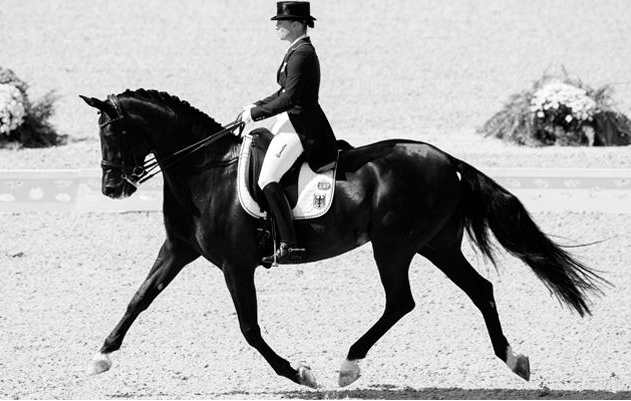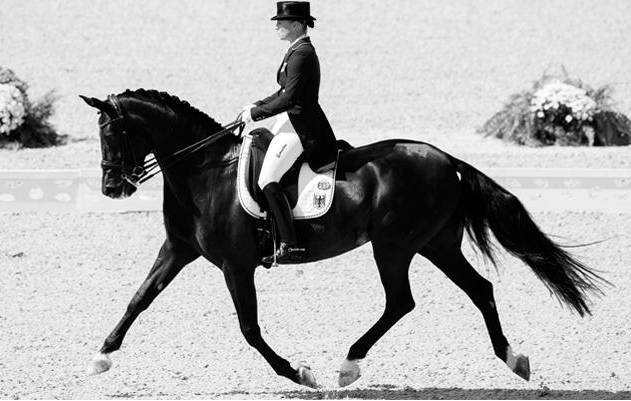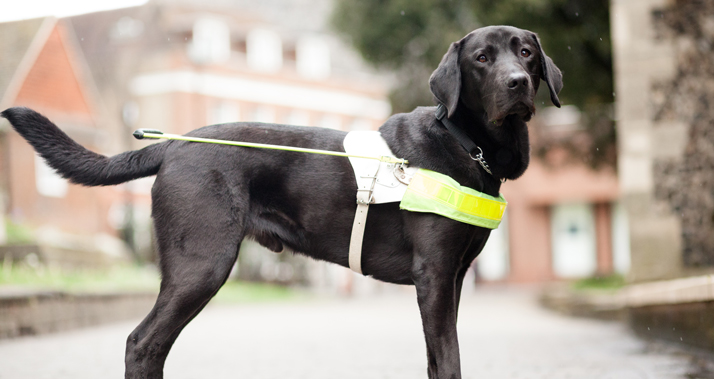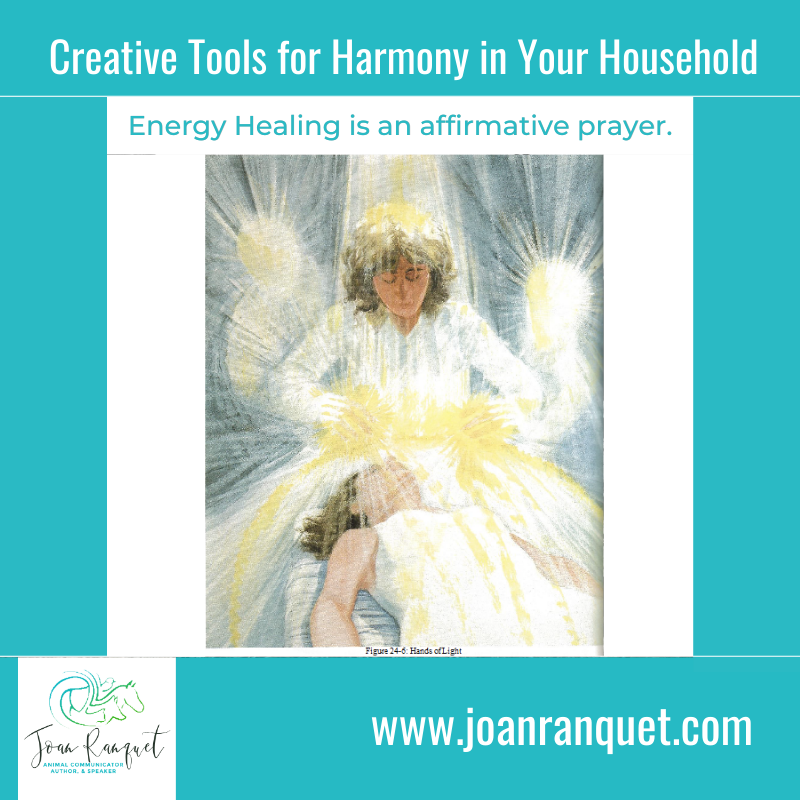The Top 7 Reasons for Animal Communication: #2 Performance and Working Animals


This time of year, championships are every weekend as the competitions wrap up the years’ work for horse and rider and/or dog and handler. Beyond competition, there is another kind of “performance”, that of the working animal whether that animal is in the movies, or is a guide dog, a service animal and more. All of it is “performance” to some degree. And with any “performance” there are often challenges.
Animal communication is such a great way to dissect the challenge. The human is usually the chief complainer in this situation. Yet, when it comes down to it, it is often the human’s inability to communicate clearly whether it is because of a past situation or an emotional response. And the animal is left feeling on their own and makes the wrong choice (according to the human).
Now if this is “just over a ribbon” I could see how this might seem like a first world problem. But many people call because their guide dog or support dog is not “getting” it. And then this becomes a safety alert and possibly the loss of the “job” for the animal.
I helped a gal, “Betsy”, transition her beloved guide dog, “Mac”, out of that role because of this exact thing. Betsy and Mac had been at a 5-way stop sign in the city and someone yelled out to Betsy that it was not safe for her to cross the street and ever since then at the exact same spot, Mac got too nervous. Neither Betsy nor Mac could let go of the memory and the pressure would build for Mac as he approached that street corner. In this case, Mac was probably correct, but Betsy couldn’t verify that because she can’t see.
So they didn’t take the step forward. However, the scared emotion of the person across the street left a permanent scarring on the dog and more breakdowns ensued. Many animals in the show ring are reaching out energetically to meet their rider or handler half way, and if the human is nervous, the animal has no support. They are reaching into thin air. Add in the emotions of the animal and then you can see this makes for a communication breakdown in these heightened moments. Between emotional support animals, animals in competition and/or guide dogs, I have had countless sessions to help repair the situation and sometimes even the relationship.
To a certain degree training is built on pressure. You put pressure on the dog, cat or horse as you ask them to make a choice. You release your pressure when they do what is asked of them. That is one thing but when you add in emotion, there is another type of pressure. Human emotions are like a pressure that never has a release! This is often experienced when we are asking something from our animals and we are frustrated. We can almost watch their eyes as they seem to review the files in their mind as to what to do next. It always brings me back to the old saying: “Say what you mean and mean what you say”. If we are in check with our own emotional state and can ask clearly, or trust clearly (as in the case of Betsy and Mac), we have more of an opportunity for clear communication and the job getting done.
As a side note, Betsy is getting another guide dog and gets to keep Mac. Not all of my clients are so lucky to keep their beloveds.




